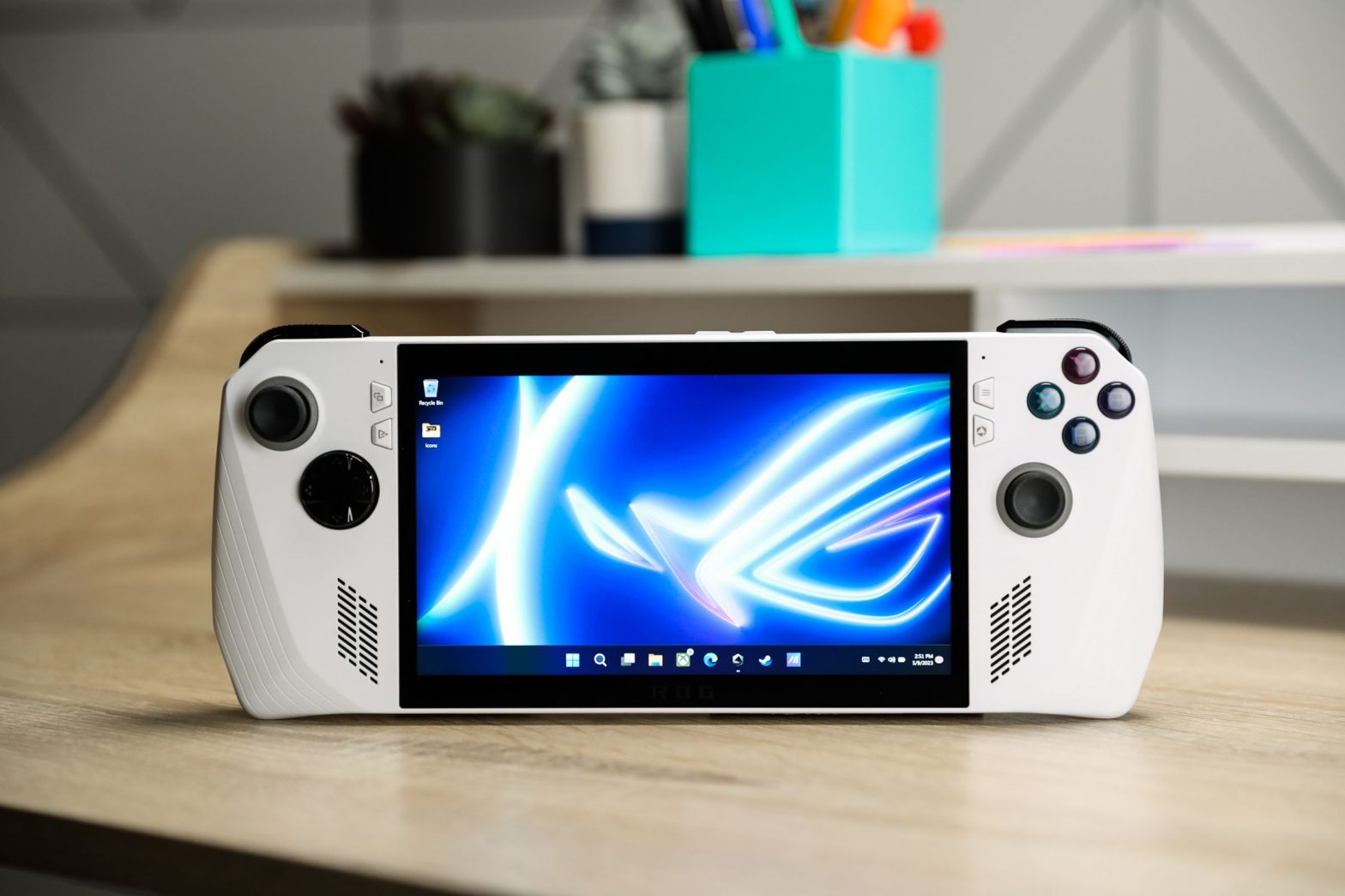/
With less performance and no meaningful battery improvement, why does this exist?
Share this story
If you buy something from a Verge link, Vox Media may earn a commission. See our ethics statement.
:format(webp)/cdn.vox-cdn.com/uploads/chorus_asset/file/24649876/asus_rog_ally_vjeran_pavic_the_verge_002.jpeg)
If you’ve been eying an Asus ROG Ally gaming handheld but can’t quite justify the $700 price tag… you’ll probably want to keep on waiting. Today, the company has begun selling a less-expensive $600 model with a lower-performance AMD Z1 chip, but early reviews suggest the Windows gaming handheld is too compromised to justify the purchase.
Bottom line: Z1 performance is reportedly worse than the $400-and-up Steam Deck, without any significant battery life benefit to make up for the loss of power.
Brief refresher: three months ago, Asus began shipping the ROG Ally, a Windows gaming handheld designed to compete on price and performance with Valve’s Steam Deck. It had a lot going for it, including mostly better-than-Deck performance, an excellent 120Hz variable refresh rate screen that makes everything feel smoother, a delightfully quiet fan, and a plugged-into-the-wall 30W Turbo mode that makes its Z1 Extreme chip even more potent.
But the handheld was held back by impotent software that doesn’t make Windows easy to use handheld, iffy battery life, a weird performance gap between shipping devices and the original review units, and an SD card reader that tended (tends?) to burn out and is still under investigation.
Asus told me in July that it would send me the new $600 Z1 model to test against the original Z1 Extreme, but it never did. Now, I see why: Digital Trends, Retro Game Corps, and PC Mag show it’s simply not an improvement despite the extra money in your pocket.
We knew from AMD’s briefing that the Z1 would be notably slower than the Z1 Extreme, with two fewer CPU cores, four fewer GPU cores, and 5.8 teraflops less graphical performance. What we didn’t expect is that would take Asus to “weaker than even the Steam Deck,” according to Digital Trends’ Jacob Roach.
If Asus had sent me one, I would have looked for the silver lining of battery life — perhaps AMD’s weaker chip would get more? But Retro Game Corps, in particular, shows that battery life is only slightly better with weaker games and can be comparable or worse with triple-A titles. When fully loaded, the Z1 Extreme might actually be more efficient.
None of that is enough to make the Z1 a bad product; as you’ll see in the video above, there’s plenty this system can play reasonably well! And with my $700 Z1 Extreme review unit, I’m anecdotally finding it’s a much better Starfield machine than the Steam Deck, particularly if you plug it into the wall.
But if you’ve only got $600 to spend, it seems pretty likely the Z1 ain’t it. And if you’ve got $700, I definitely wouldn’t bother with it.
(Note: The 512GB model of the Steam Deck does technically retail for more than the 512GB ROG Ally at $650 vs. $600, but the Steam Deck also starts at $400, and it’s easy to swap in a new drive yourself — just one extra screw compared to my fan replacement video. Also, it’s on sale right now.)
